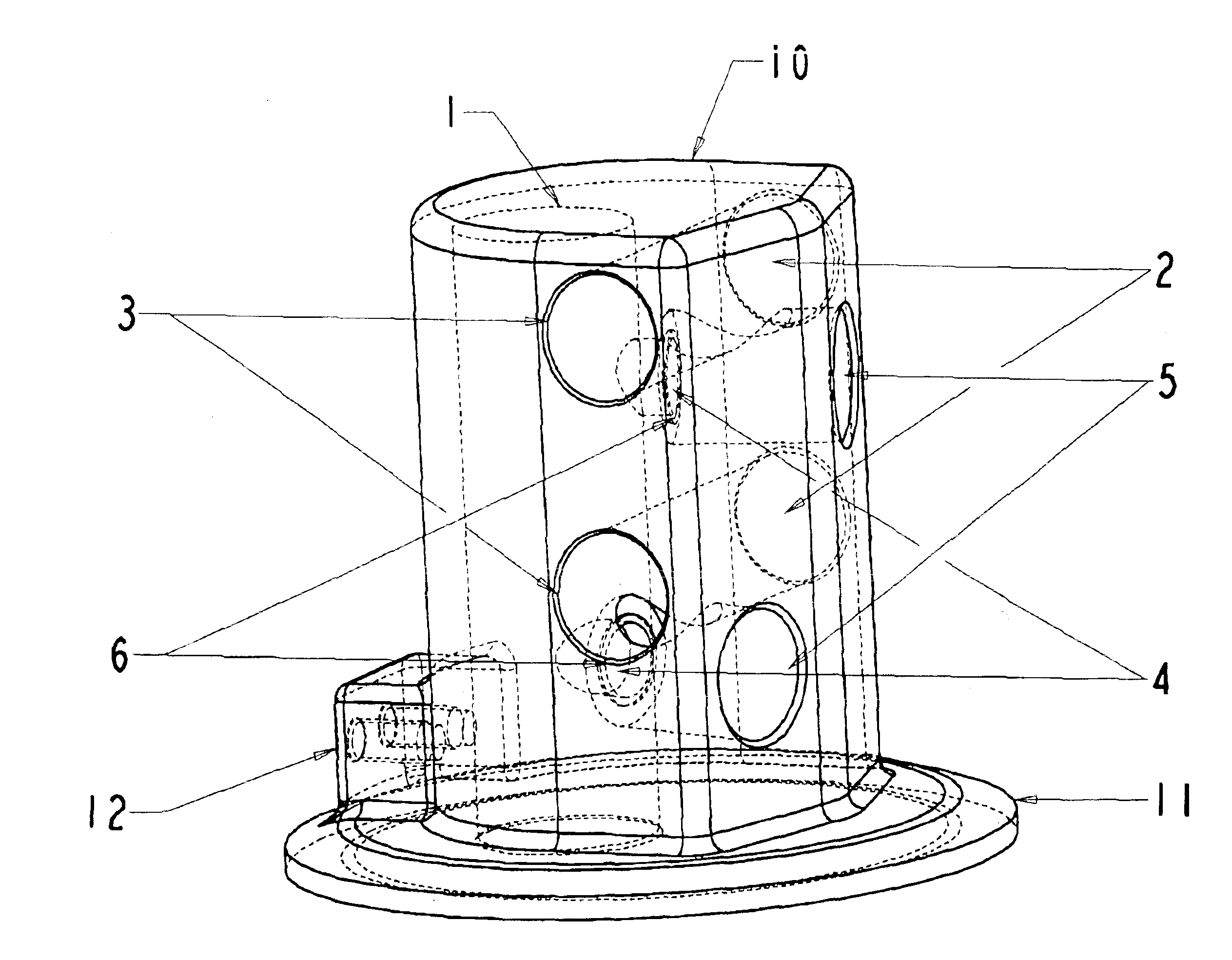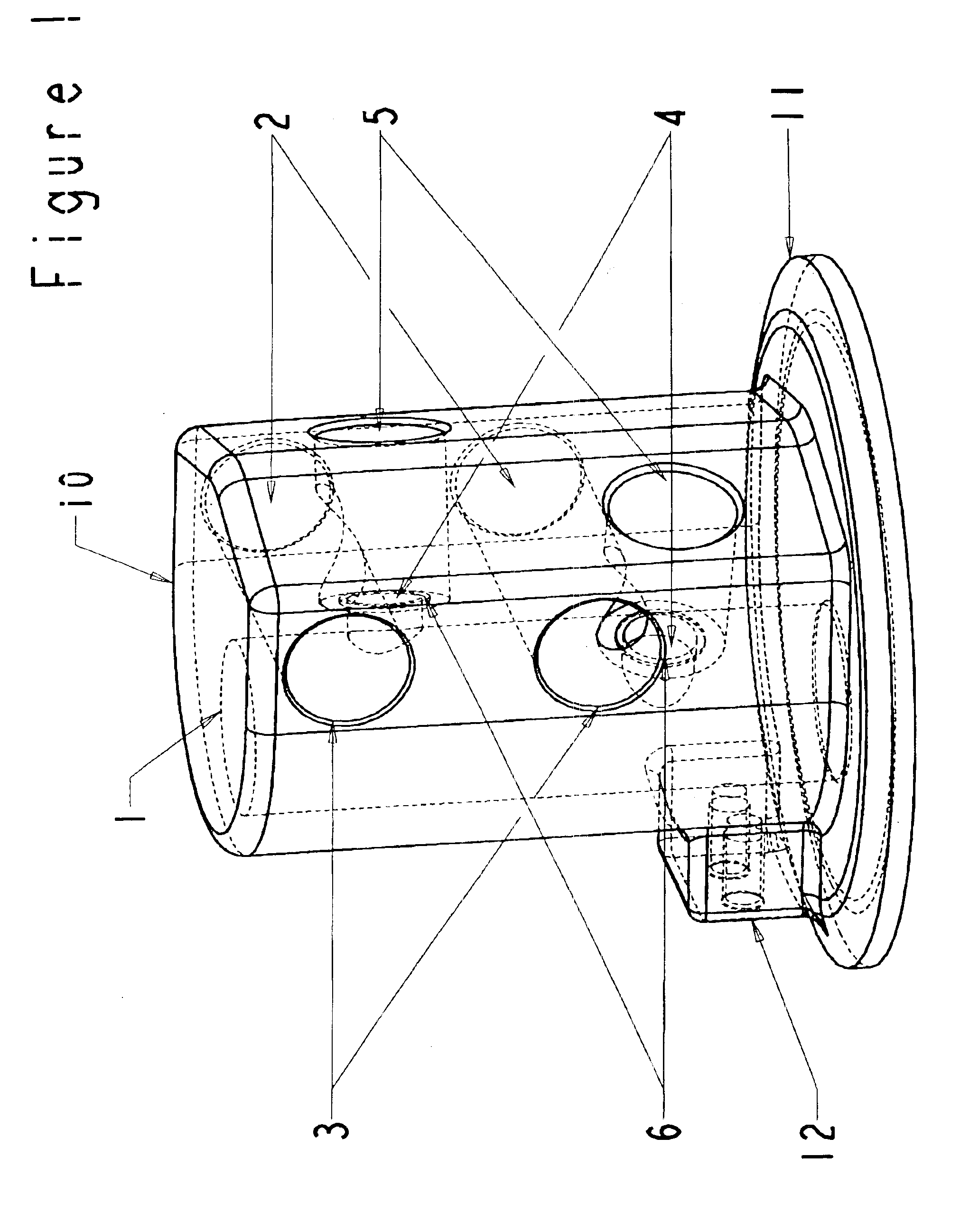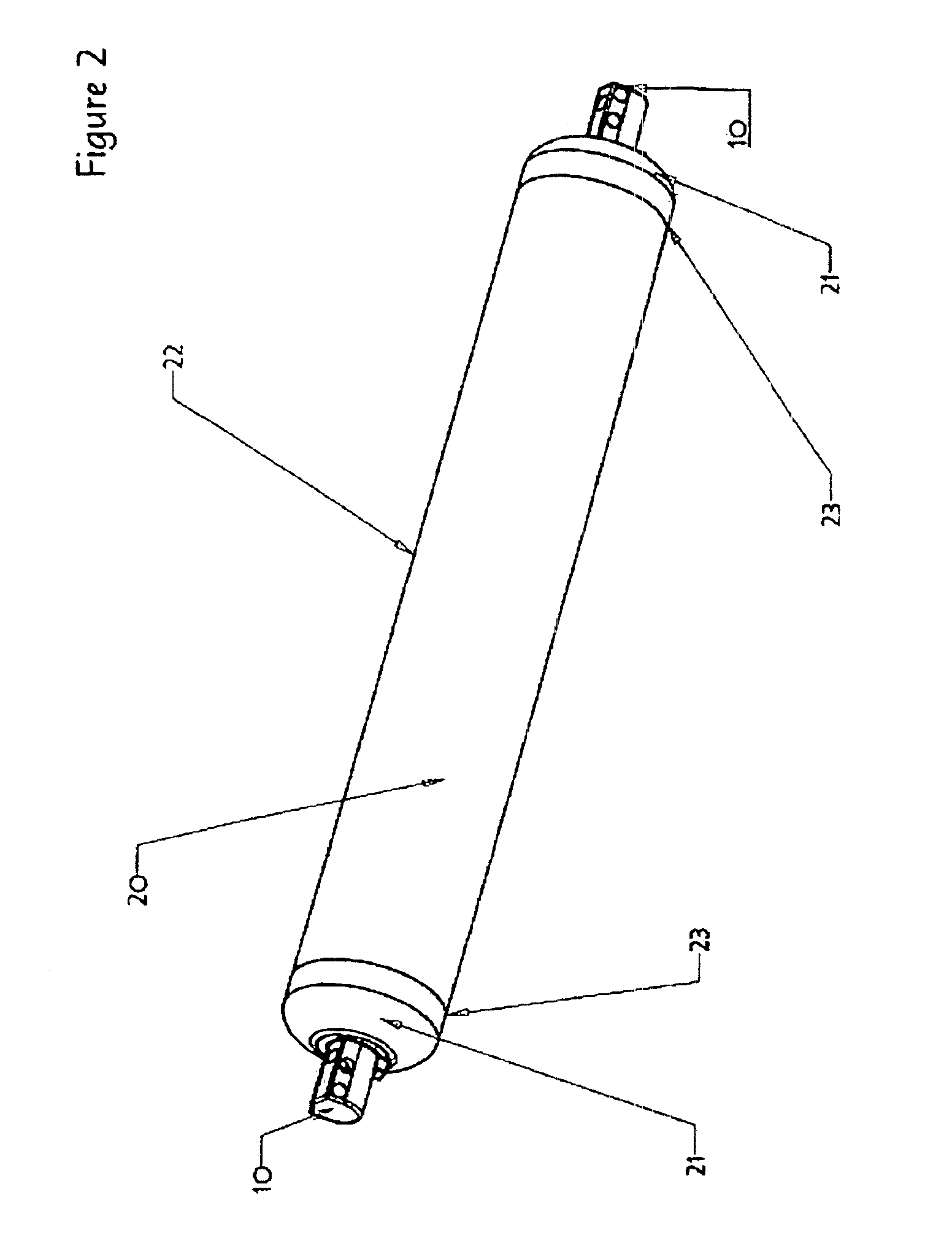Method and apparatus for pressure swing adsorption
a technology of pressure swing and valve assembly, which is applied in the direction of valve housing, mechanical apparatus, separation process, etc., can solve the problems of inability or inability to achieve continuous delivery of products, increased performance, and coincident increase in the number of valves required to operate the system. achieve the effect of cost-effectiveness
- Summary
- Abstract
- Description
- Claims
- Application Information
AI Technical Summary
Benefits of technology
Problems solved by technology
Method used
Image
Examples
Embodiment Construction
[0026]Embodiments of the present invention will be described hereinafter with reference to the accompanying drawings. In the following description, the constituent elements having substantially the same function and arrangement are denoted by the same reference numerals, and repetitive descriptions will be made only when necessary.
[0027]FIG. 1 depicts a three-dimensional, perspective view of the valve manifold 10 of the present invention. The valve manifold 10 is provided with at least one plenum cavity 1, which is in communication with an adsorbent vessel 20 (see FIG. 2). The manifold 10 is further provided with at least one fluid channel 2, which has at least one fluid inlet port 3. The plenum cavity 1 is in communication with fluid channel 2 via internal gallery or fluid passage 4. Note that the manifold 10 can include one or more channels 2 that are connected to one or more cavities 1 by one or more passages 4. A variety of different configurations will be readily apparent to on...
PUM
 Login to View More
Login to View More Abstract
Description
Claims
Application Information
 Login to View More
Login to View More - R&D
- Intellectual Property
- Life Sciences
- Materials
- Tech Scout
- Unparalleled Data Quality
- Higher Quality Content
- 60% Fewer Hallucinations
Browse by: Latest US Patents, China's latest patents, Technical Efficacy Thesaurus, Application Domain, Technology Topic, Popular Technical Reports.
© 2025 PatSnap. All rights reserved.Legal|Privacy policy|Modern Slavery Act Transparency Statement|Sitemap|About US| Contact US: help@patsnap.com



